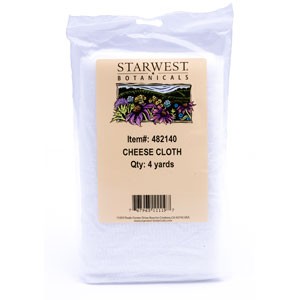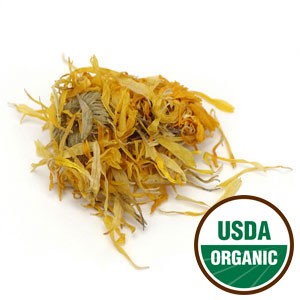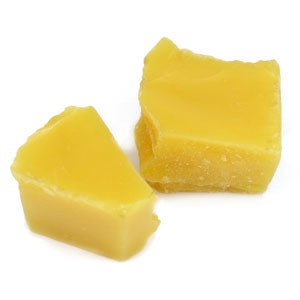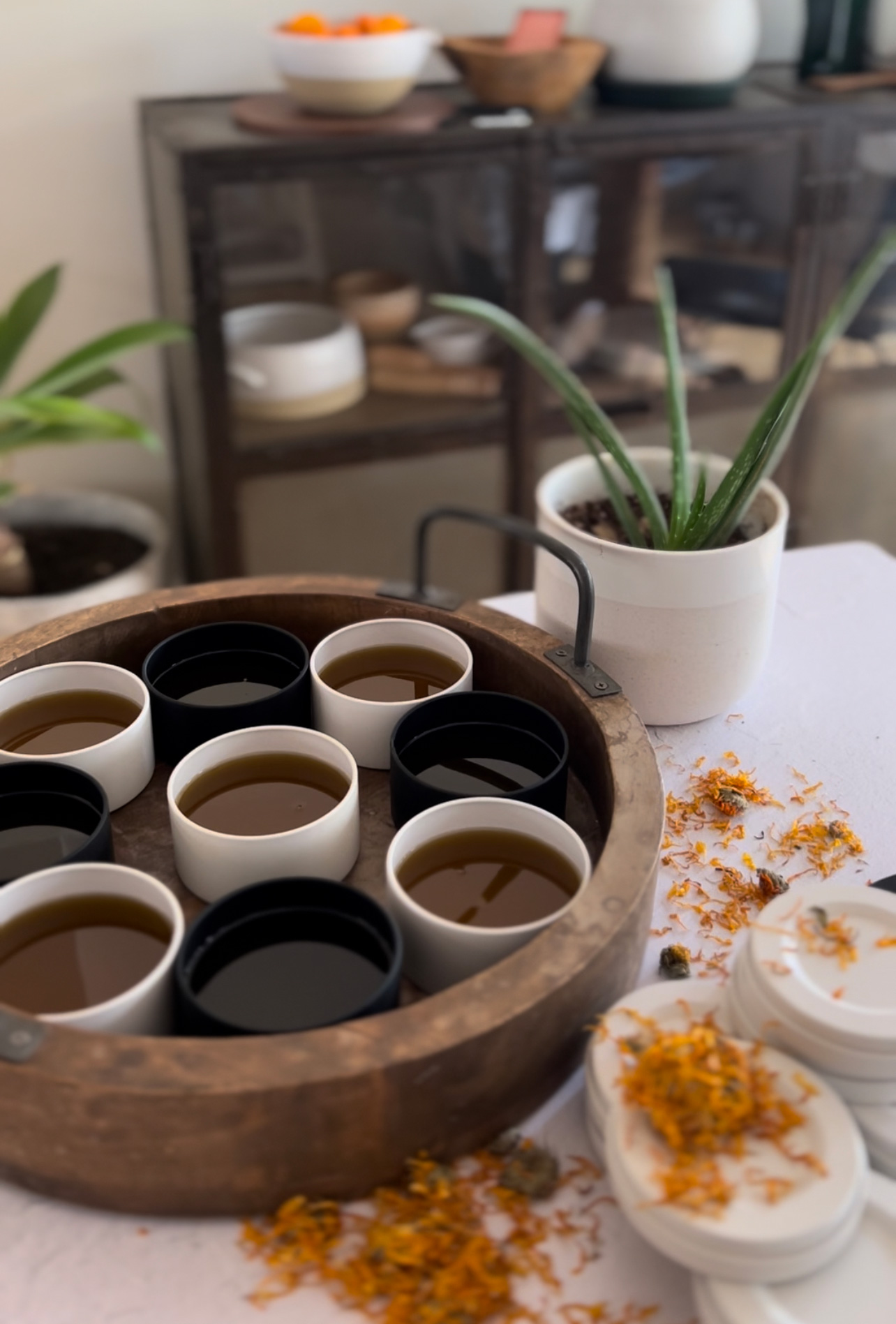
Focusing on products that are as few ingredients as possible is always my goal. For a lotion solution, I have always sworn by coconut oil. No fragrances, no fillers, nothing but coconut oil. While that is always a good option, there are other oils and herbs out there that can provide your skin additional vitamins and healing properties. Enter our homemade calendula salve.
I love making this salve. It has incredible natural healing qualities and I have dubbed it my “miracle cream.” In our house this is a go to staple. Even our kids ask for “cream” when they have a scrape or rash.
Keep reading to learn how to make our calendula salve recipe, but first lets understand why this salve is a complete miracle worker on skin. The hero of this story is calendula flowers.
Everyone should have calendula growing in their garden or window sill and here is why:
Benefits of Calendula: The Anti-Inflammatory, Antiviral Herb that Heals
1. Calendula Flowers are Anti-Inflammatory
Flavonoids or polyphenolic plant compounds within the Calendula plant have been found to offer anti-inflammatory properties. Flavonoids are powerful antioxidants agents that help protect against toxins and stressors allowing your body to function more efficiently. Linoleic acid is also found in calendula in high concentrations. Skin irritations, rashes, ear infections, sore throats and more stand no chance against the powerful anti-inflammatory properties that linoleic acid provides.2. Calendula Oil Heals Wounds
Studies show that using calendula salve helped speed up recovery rate and healing for wounds. In one study, it was found that animals treated within an eight-day window using the treatment had a 90 percent closure of their wounds, as compared to only 51 percent of those who had not used the calendula topical salve. Calendula helps to increase blood flow and oxygen to wounds and infected areas, which helps the body grow new tissue and heal more rapidly.3. Relaxes Muscle Cramps
Calendula can help prevent and relax muscle cramps and spasms or “charlie horses.” Data from one study conducted by the Department of Biological and Biomedical Sciences showed that the crude extract of its flowers relaxed spontaneous muscle contractions. This research additionally provided a scientific base for this herb’s traditional use in abdominal cramps.4. Contains Antimicrobial & Antiviral Components
The oils of this plant have powerful antimicrobial and antiviral effects, especially when fortified with sunflower oil. Acids and oils within the plant have shown to be effective in fighting pathogens, and even bacterias that have proven resistant to antibiotics! Knowing this, you can imagine why it is used in antiseptic salve recipes.5. Improves Oral Hygiene
Knowing from #4 how powerfully antimicrobial calendula can be, it makes total sense that it has become popular as an ingredient in toothpastes and mouthwashes. It helps reduce gum inflammation as well as fight against gingivitis, cavities, plaque and more.Information shared above referenced from: https://draxe.com/nutrition/calendula/
Drying Calendula Flowers
Drying calendula flowers is a great way to preserve their healing properties. However, it’s important to know how to dry them properly in order to avoid damaging the delicate blooms. The best way to dry calendula flowers is to lay out the flowers or calendula petals in direct sunlight. Turn them over on the towel occasionally until they are dry. Any moisture on the calendula petals may lead to molding when added to a carrier oil, so make sure the flowers are dry. Once the flowers are completely dry, you can store them in an airtight mason jar until you are ready to make your infused oil.
Okay, let’s get into the details and learn how to make calendula salve. Your first step will be to make your calendula infused oil, which can take about 6 weeks if using direct sunlight to naturally infuse your oil. Once you have made your calendula oil, you can move on to make calendula salve.
things needed to make our homemade calendula salve recipe
SPECIALTY PRODUCTS for Making Calendula Salve
kitchen recipes
HOMEMADE CALENDULA SALVE
INGREDIENTS NEEDED TO MAKE CALENDULA SALVE
Ingredients for Calendula Oil
½ cup dried calendula flowers (whole flower)
1 cup olive oil (or sweet almond oil)
Ingredients for Homemade Calendula Salve
1 cup calendula infused oil (calendula petals infused into a carrier oil)
¼ cup beeswax pastilles
1 Tablespoon marshmallow root
1 Tablespoon chickweed
1 Tablespoon comfrey root
1 teaspoon barberry root powder
HOMEMADE CALENDULA SALVE
How to Make Calendula Infused Oil
Make the calendula oil by adding the dried calendula flowers to a quart jar.
Completely submerge the dried flowers with the carrier oil (olive oil, sweet almond oil.
Cover and allow to sit in a sunny window for 6 weeks. Stir occasionally, or shake.
Strain out the dried flowers reserving the infused oils for your homemade salve.
Homemade Calendula Salve
First put the calendula infused oil into a double boiler on medium low heat with all of the herbs. (You do not want to cook the herbs, just warm the oil slowly and extract the herbal goodness.) If you don’t have a double boiler, you can create a makeshift double boiler with a pouring pitcher.
Let that infuse for about 10 minutes above boiling water, keeping it on medium low heat, then add in the beeswax pastilles. Stir it around occasionally until the beeswax melts. Feel free to add essential oils (lavender essential oil, sweet orange, tea tree, etc.) if you want a scent added or additional vitamins infused into your salve. Remember, just a few drops of essential oil is needed, don’t overdo it.
Strain out the herbs through a cheesecloth into a glass (pyrex) measuring cup or stainless steel bowl. (Work quickly as the beeswax will start to harden once it’s removed from the heat.)
Then carefully pour the hot salve mixture into jars or tins. Let salve cool completely.
SHELF LIFE:
The shelf life of herbal salves made with dried herbs varies depending on the carrier oil you choose, therefore, herbal salves and herbal infused oils have s shelf life that ranges from 6 months to 3 years.
IS YOUR SALVE TOO THICK?
Using your own salve is much different than a lotion from the store and may take a second to adjust to. Salves inherently have a thicker nature, but you can make a softer salve. I have found that adjusting amount of beeswax pastilles added can affect the salve thickness. For a softer salve, less beeswax is needed. Also, whipping your salve with a hand mixer can help to create a more fluffy consistency and softer salve when applying to your skin.
About the Ingredients Used to Make our Homemade Calendula Salve Recipe
Using organic, all natural ingredients is very important to us we make calendula salve. Rubbing this on our skin, lips, skin irritations and baby bottoms makes it important to use ingredients that are not going to cause any additional problems or irritations. Whether using almond oil, shea butter, jojoba oil, olive oil, candelilla wax, etc. it is always important to find the right source.
Finding the best herbs is also top of mind. Growing your own herbs to make calendula salve is obviously the best choice. Each calendula plant will give you tops of calendula flowers that you can then dry and create infused oil with. It is most likely that multiple plants will be needed in order to create enough infused oil to make calendula salve. If you are not able to grow calendula or you need more salve and it is not the right time of year to harvest calendula, check out Starwest Botanicals dried calendula. They are already dried and ready to be added to olive oil (or almond oil).
When adding essential oils for added benefits or scent, we like to use essential oils that are pure and edible. Starwest Botanicals sells essential oils that fit this criteria. Check those out here.
What is Calendula Salve Good for?
I’ve also use this on chapped lips, dry splits on my hands, you name it. It truly can be used for anything!
Can I use Calendula Salve on my face and lips?
Absolutely! Calendula oil is an excellent hydrator and when combined with a carrier oil, it is that much more hydrating. Our calendula salve recipe with help soothe chapped lips and can be used as a lip balm replacement. I even love using it around my lips to help hydrate dry skin. Cold weather have your lips and mouth cracking? Calendula salve is your go-to solution.
Can I use Calendula Salve on my face?
Definitely! You can apply calendula salve or calendula oil to your entire face to get a deep hydration. It can also be used as a spot treatment for stubborn acne. If you are not loving the thicker texture of calendula salve, you can also use it as a weekly mask treatment. It has even been known to tighten skin, heal damaged skin, plump, and preserve the health of the skin on your face.
Using Calendula Salve for skin irritations or skin ailments.
Yes calendula salve can be used as a daily face and lip moisturizer, but what about other skin irritations, eczema, razor burn, scratches, and rashes? Absolutely!
Calendula salve for cradle cap and baby rash
Our Calendula infused oil is the first thing I turn to when our kids come home from school with cuts and scrapes or develop a rash. It is a miracle. Hand foot mouth, chicken pox, diaper rash, cradle cap, calendula salve is the only thing I use and apply to sores or rash. Within hours we notice a massive improved in the skin irritation.
Honestly, homemade calendula salve is a staple in our household and used for everything: bug bites, cradle cap, dry skin, skin irritation, sunburns, skin ailments, cuts and scrapes, chapped lips, daily moisturizer. I could go on and on about the miracle natures of this salve.
If you are not ready to make calendula salve and want to try it out first, check out the salve we have for sale on Etsy. Trust me, before you know it you will be stocking all the herbs and oils needed to make this miracle salve.
love this calendula salve recipe?
SHARE IT ON PINTEREST
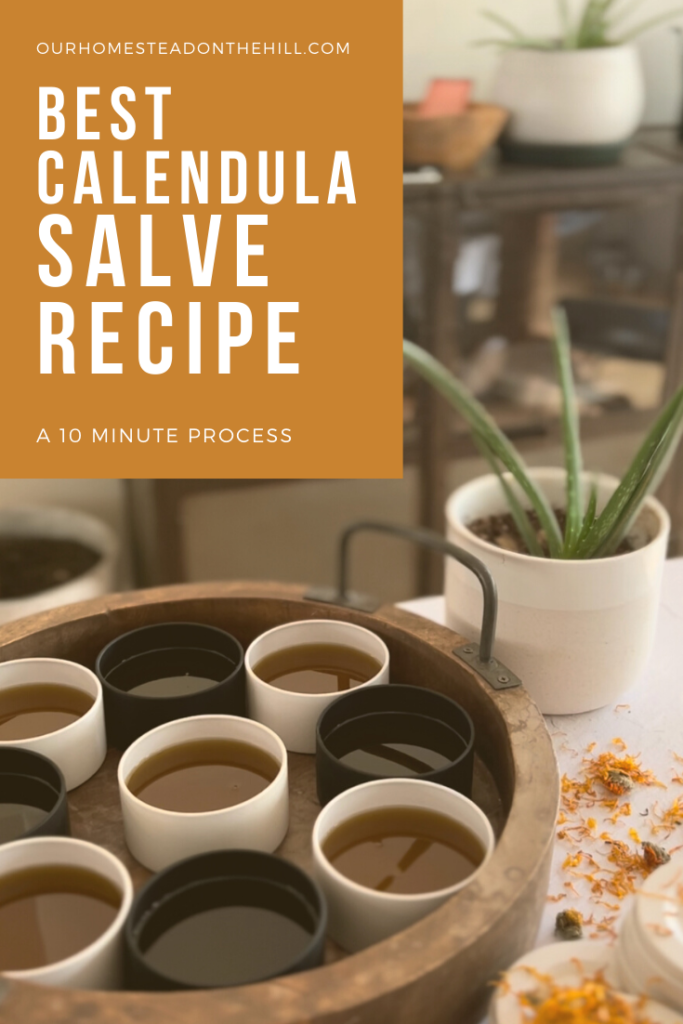
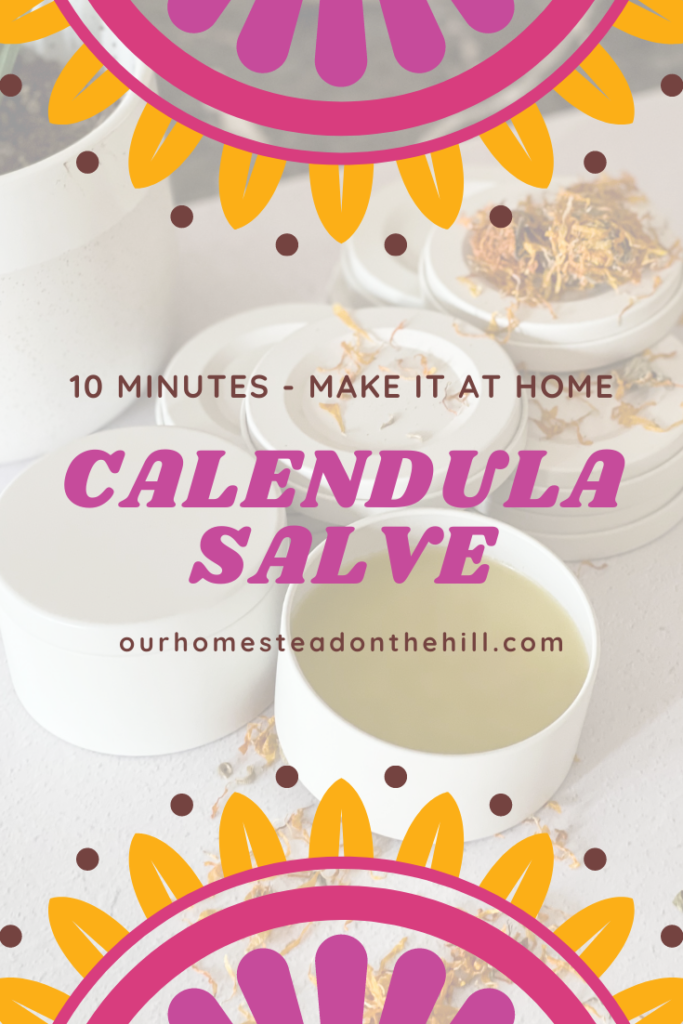
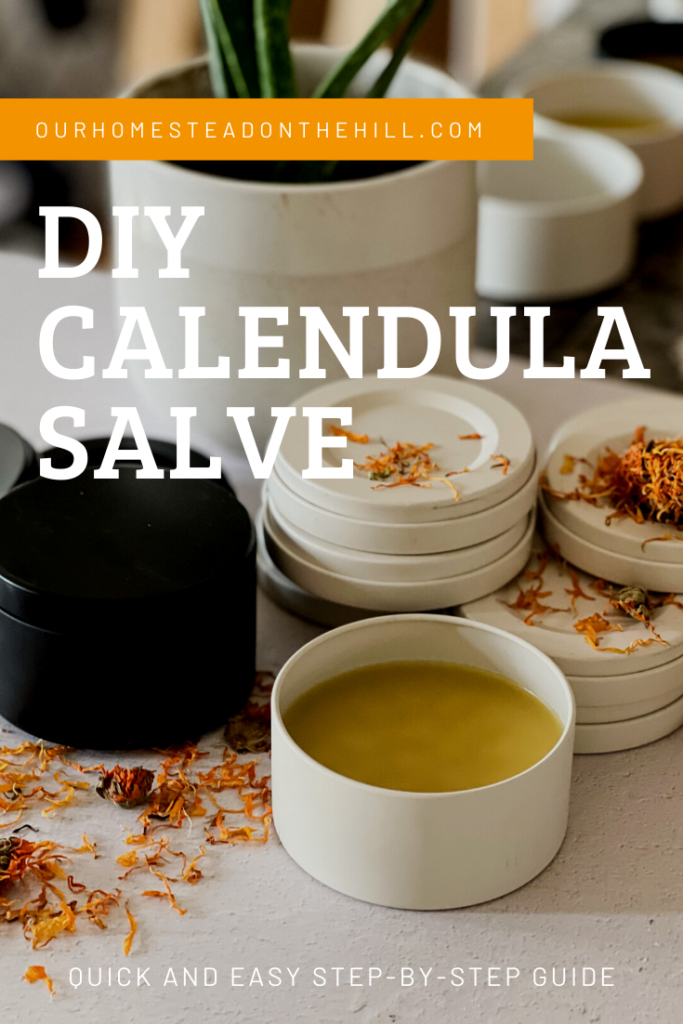
Let’s connect! Follow along on Instagram, Facebook, and Pinterest. If you make this recipe, I’d love to see! Tag your instagram versions with @homestead.onthehill and #homesteadonthehill.


